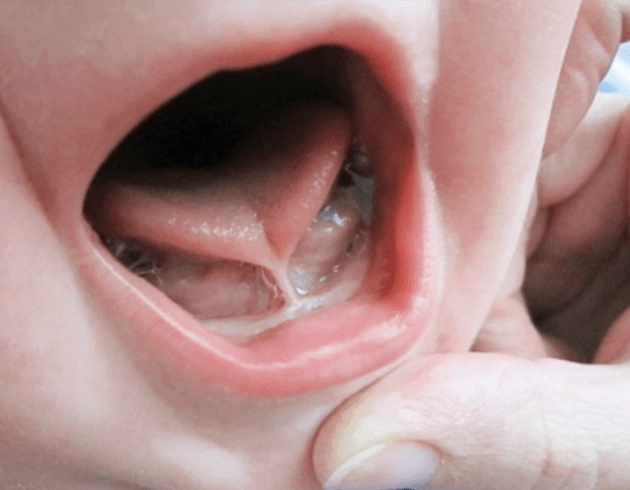
What Is a Frenectomy Coronado, CA
Many children struggle with an oral condition known as "tongue-tie." If your child has a tongue-tie, the dentist might recommend a minor surgery. Learning that your child needs surgery can be scary and confusing. But many childhood dental procedures are fast and low-risk. A frenectomy can repair tongue-tie during a single office visit.
Pediatric dentists are available at Coronado Dentistry & Pediatrics in Coronado and the surrounding area. Our team helps parents plan their child's procedure. We offer compassionate care for children and ongoing support for parents. Call us at (619) 435 6231 to learn more about our services.
Understanding the Primary Frena
The frena are delicate strips of connective tissue. They connect loose parts of the mouth, like the tongue, to the jaw or gums. Oral frena can be broken down into three categories:
- The lingual frenum: connects the tongue to the lower jaw.
- The labial frenum: connects the lips to the front teeth.
- The buccal frena: connects the gums and the inside of the cheeks
Children can develop problems with any of these oral tissues. Challenges with the lingual frenum are especially common. Sometimes, the tissue is very short at birth. A shortened lingual frenum prevents the tongue from moving freely. Doctors and dentists call this condition "tongue-tie."
Tongue-tie can make it hard for a baby to breastfeed. Children with tongue ties might also develop speech issues as they grow older. If a child has an abnormal labial and buccal frena, they might develop orthodontic problems. Their teeth might not shift into the correct position.
Fortunately, an outpatient procedure called a frenectomy can help. A frenectomy adjusts the size and shape of the frena. It can help babies breastfeed more easily. The procedure also reduces the risk of future oral health problems.
When to Consider a Frenectomy
Doctors can often diagnose a tongue-tie early on. Many cases of tongue-tie are detected in this hospital just hours after birth. But sometimes, the condition goes unnoticed. Problems may not arise until the child reaches school age. Your child's teacher might spot some speaking or pronunciation issues. The teacher might suggest a medical and dental evaluation.
During routine dental care, the dentist looks for problems with the frena. If they notice any abnormalities, they determine whether further care is needed. Not every child with abnormal frena needs surgery. Some issues may resolve on their own. But if surgery is necessary, the dentist can explain the next steps.
What to Expect During a Frenectomy
Preparing Your Child for the Procedure
During the consultation, parents can speak to the provider about their child's procedure. Each procedure looks a little different. The provider accounts for the child's age, activity level, and tolerance for discomfort.
Some patients might receive a light sedative or other medications. These drugs help the child stay calm and relaxed during the procedure. Parents typically remain with their children throughout the procedure. They can provide additional comfort and reassurance.
If the child is older, parents should talk with them about their upcoming procedure. Use simple, positive language. Explain that the provider wants to help their mouth grow well. Parents and caregivers can reassure the child that the procedure will not hurt and that they will stay with them.